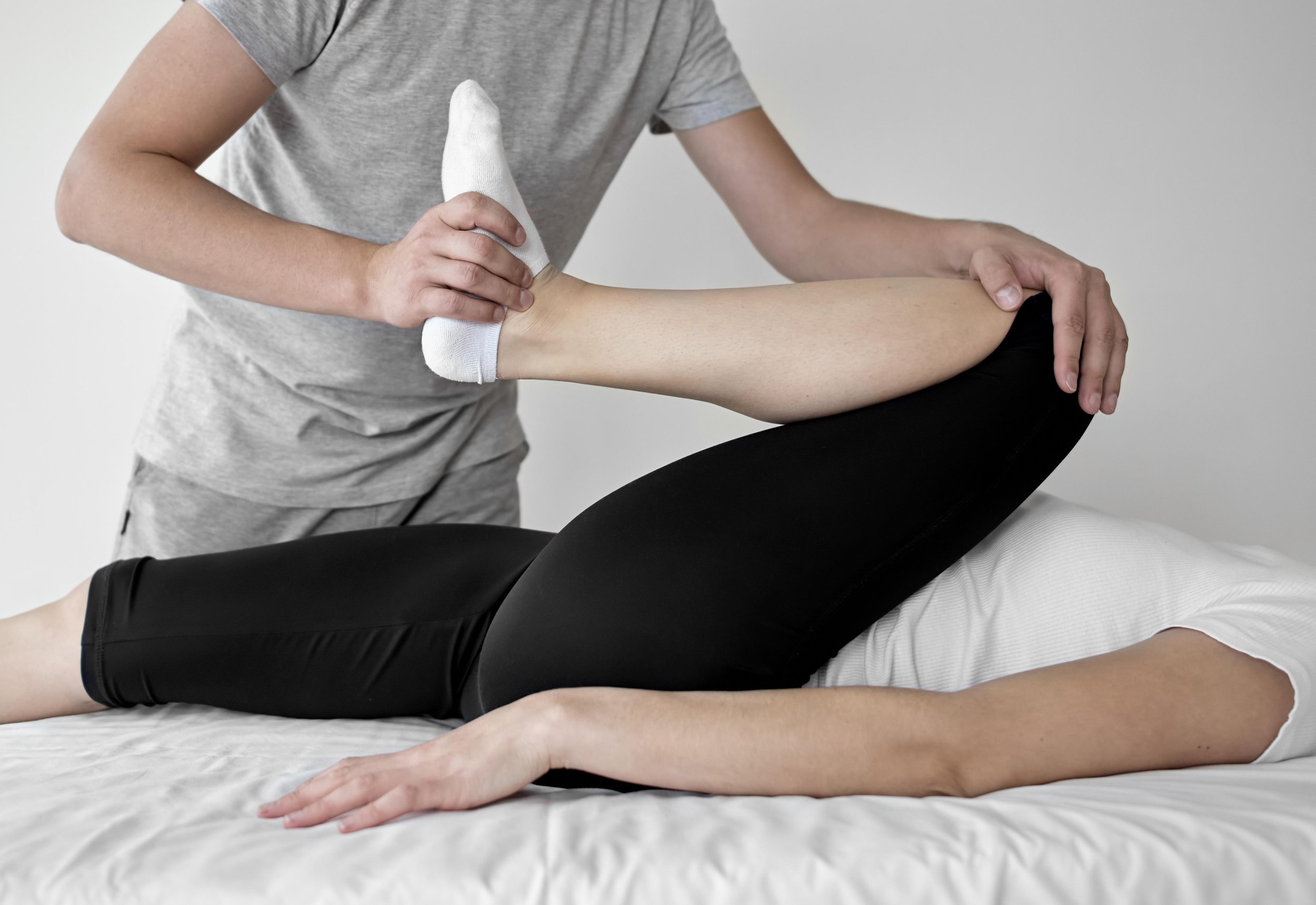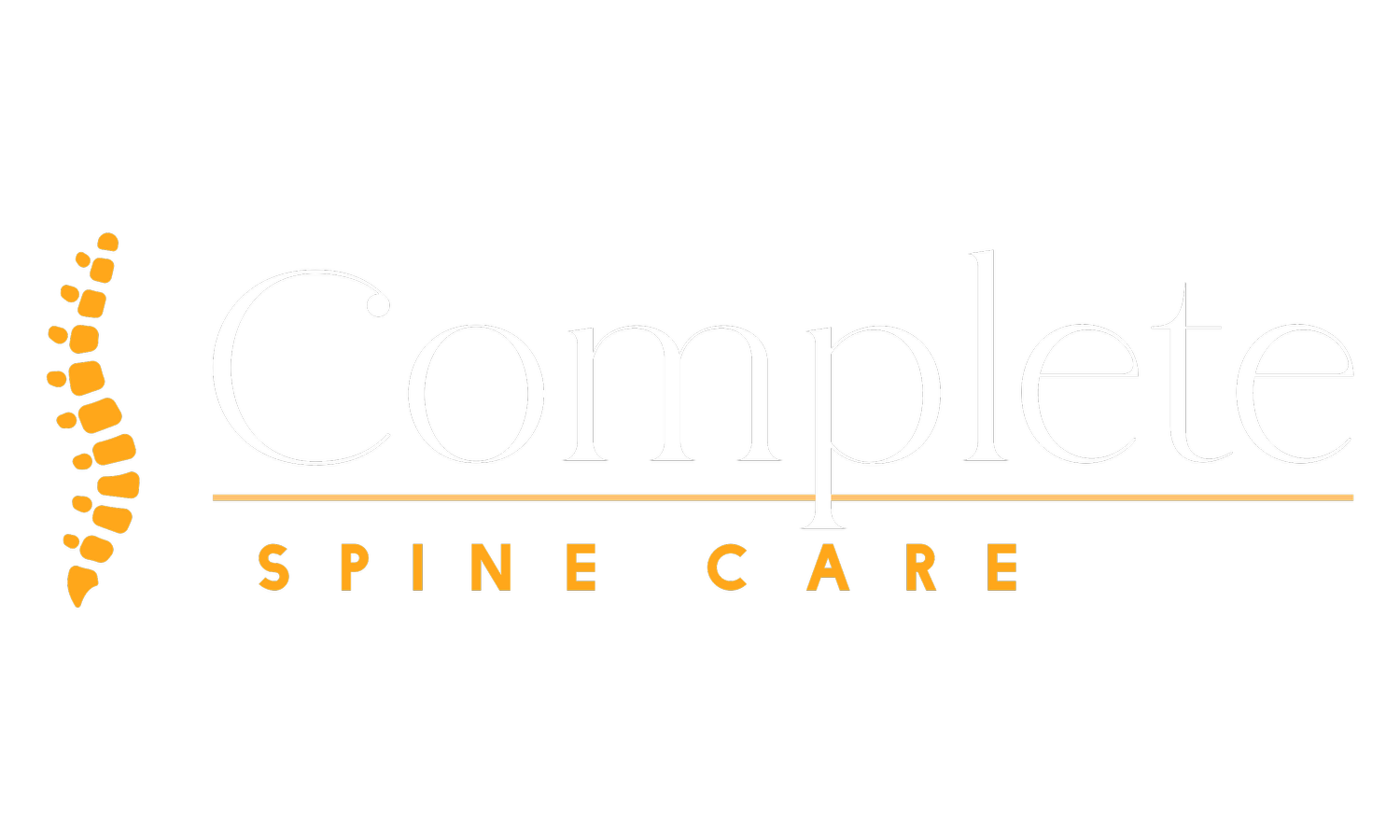
Conditions We Treat
-

Headaches
Headaches can stem from a variety of sources, including trauma/concussion, food, your vision, poor posture and your spinal alignment. Your exam will help determine the source of your headaches. If it is determined that your headache are from your spine a variety of techniques will be used to improve your neck and upper back range of motion and tissue tone. Exercises and stretches will be give to help relieve the muscle tension and postural exercises will be reviewed to help maintain proper posture. Some patients have found that having shockwave treatments to the upper shoulders have helped them overcome debilitating headaches from tight muscles pulling on the neck and base of skull.
-

Neck Pain
Neck pain can result from tight muscles that are pulling on the cervical vertebra and can result in acute or chronic pain and muscles must be addressed.
Not everyone is a candidate for spinal manipulation and there are many other ways that we can address neck pain without manual manipulation of the vertebra.
Neck pain can also stem from a herniated disc and spinal decompression is a great way to take the pressure off the compressed disc and remove pressure from the spinal nerves.
-

Mid Back Pain
Mid thoracic spine pain is common and often is a result of poor posture. Trauma can also contribute to mid back pain.
Soft tissue manual care as well as adjustments will be provided if needed to help reduce pain levels and then
Postural correction exercises including either a theraband or exercise ball to help with posture and alignment.
-

Rib Pain
Rib pain can be quite distressing as it is persistent pain due to the need to continue to take a breath in and out!
The rib articulates in the back and wraps around the sides to the chest. Many patients will state they have back and/or chest pain that is very pinpoint. Another common symptom is pain under the shoulder blade or in the axillary (armpit) region.
Manipulation of the rib joint in the back often gives immediate relief to the pain along the spine between the vertebra and the shoulder blade. Gentle adjustments to the ribs along the sternum may also be performed to help with proper alignment. Once the pain levels are improved then stabilization exercises will be given to help prevent further rib irritation and misalignment
-

Shoulder Pain
There are many causes of shoulder pain including a torn rotator cuff, a torn labrum. These must be evaluated in our office and sometimes an MRI is needed to verify if you have either of these conditions. Another cause of shoulder pain can be misalignment of the shoulder joint itself, the clavicle and the upper ribs can all contribute to shoulder pain.
We have found that gentle adjustments, soft tissue techniques including manual therapies, shockwave and laser have provided lasting relief for many patients who thought they would need surgery. Once the pain levels are improved specific stabilization exercises are give to help prevent further irritation to the shoulder joint.
-

Lower Back and Hip Pain
Lower back and hip pain are common complaints and it is stated in the research that up to 96% of Americans will suffer from lower back pain at some point in their life
Lower back pain can be localized just to the lumbar spine or can radiate into the hips and down the leg along the sciatic nerve. Joints in the lower back need to be evaluated to determine if your pain is coming from the lumbar spine or the pelvis along the sacral iliac joint. (SI Joint)
Another source of pain in the lower back can come from the soft discs between the vertebra. An exam will help determine the source of your pain and if it is determined in the exam that your pain is from the disc the specific exercises will be given to address the disc. Lumbar decompression is also a treatment that is effective in treating a compressed disc and take pressure off the spinal nerves. Shockwave treatment is also helpful for treatment of the tight muscles in the hips and lower back.
-

Knee and Ankle Pain
Knee and ankle pain are often due to poor foot biomechanics. This can result in pain with walking. Soft tissue techniques as well as manipulation can be helpful but orthotics will also be discussed. Plantar fasciitis can also be part of abnormal foot and ankle movement patterns and shockwave therapy along with exercise and shoe orthotics can help to resolve pain in the base of the foot and into the calf.
-

Foot Pain
Pain in the foot can be debilitating and also have an impact on the rest of your leg, hip and lower back as it will impact how you walk.
Pain in your feet and ankle can stem from a bony misalignment, which can be corrected in the office. We have a variety of soft tissue techniques to address pain in the plantar portion of the foot (bottom of foot) as well as exercises that can help you with your pain. One technique that we use for plantar pain, or pain on the base of the foot near the heel is shockwave therapy. Shockwave is not electrical shock but rather puts a sound wave into the tissue which “shocks it” to promote more flexibility and reduce pain. We will also utilize hands on techniques to manually work the soft tissue and bones of your feet and also incorporate other tools such as ultrasound and tool scraping techniques if needed.
We have partnered with Superfeet to provide orthotics for our patients at a discounted rate. You can shop for Superfeet inserts thru our website by going to our “shop" page and clicking on our Superfeet Site link. You will automatically receive a discount at checkout.

